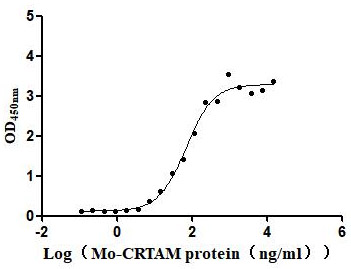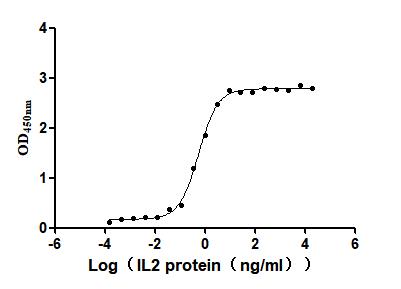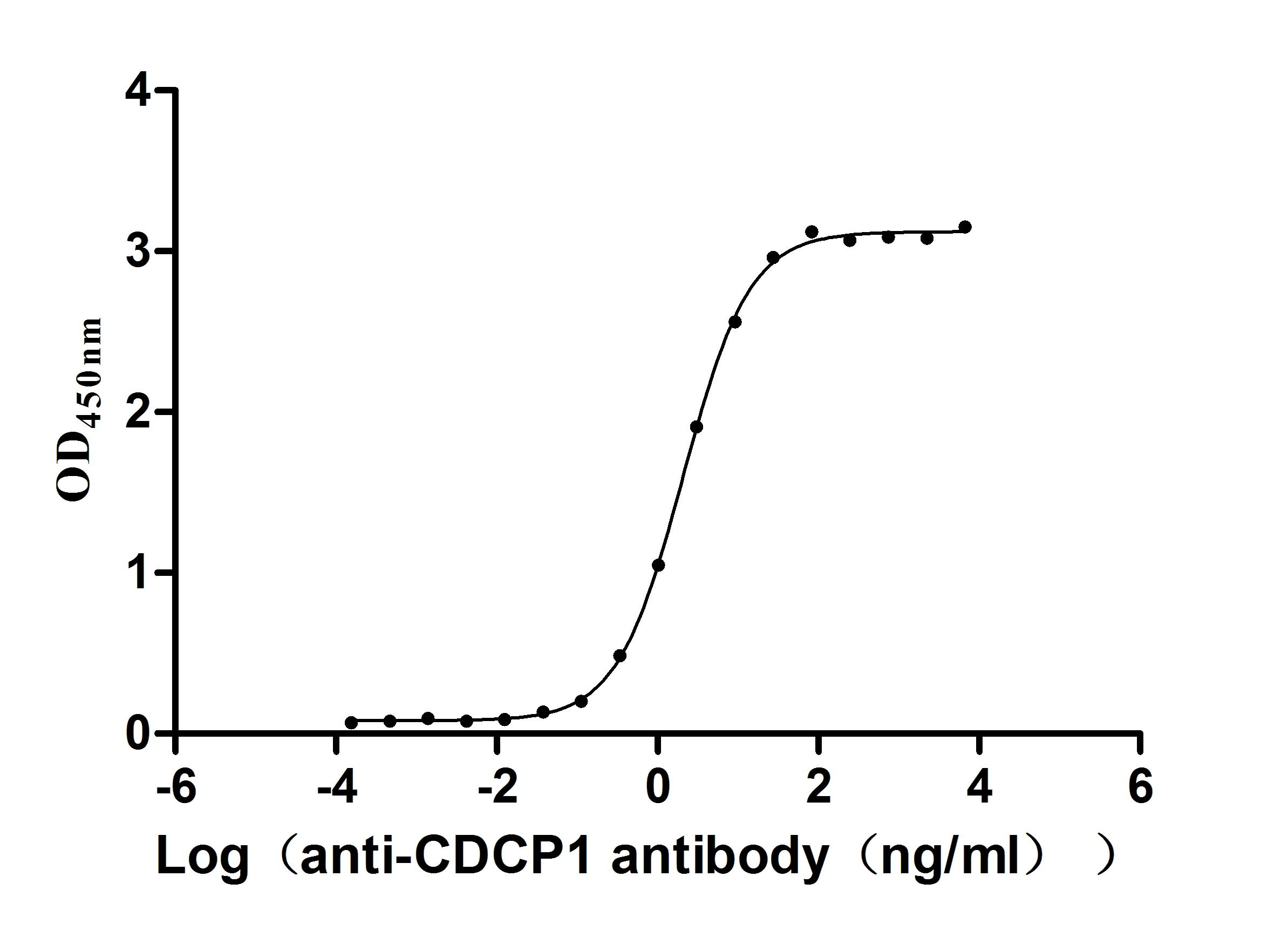Recombinant Transcription factor cep-1 (cep-1), partial
-
中文名称:Recombinant Transcription factor cep-1(cep-1) ,partial
-
货号:CSB-YP633620CXY
-
规格:
-
来源:Yeast
-
其他:
-
中文名称:Recombinant Transcription factor cep-1(cep-1) ,partial
-
货号:CSB-EP633620CXY
-
规格:
-
来源:E.coli
-
其他:
-
中文名称:Recombinant Transcription factor cep-1(cep-1) ,partial
-
货号:CSB-EP633620CXY-B
-
规格:
-
来源:E.coli
-
共轭:Avi-tag Biotinylated
E. coli biotin ligase (BirA) is highly specific in covalently attaching biotin to the 15 amino acid AviTag peptide. This recombinant protein was biotinylated in vivo by AviTag-BirA technology, which method is BriA catalyzes amide linkage between the biotin and the specific lysine of the AviTag.
-
其他:
-
中文名称:Recombinant Transcription factor cep-1(cep-1) ,partial
-
货号:CSB-BP633620CXY
-
规格:
-
来源:Baculovirus
-
其他:
-
中文名称:Recombinant Transcription factor cep-1(cep-1) ,partial
-
货号:CSB-MP633620CXY
-
规格:
-
来源:Mammalian cell
-
其他:
产品详情
-
纯度:>85% (SDS-PAGE)
-
基因名:cep-1
-
Uniprot No.:
-
别名:cep-1; F52B5.5; Transcription factor cep-1; C.elegans p53-like protein 1
-
种属:Caenorhabditis elegans
-
蛋白长度:Partial
-
蛋白标签:Tag type will be determined during the manufacturing process.
The tag type will be determined during production process. If you have specified tag type, please tell us and we will develop the specified tag preferentially. -
产品提供形式:Lyophilized powder
Note: We will preferentially ship the format that we have in stock, however, if you have any special requirement for the format, please remark your requirement when placing the order, we will prepare according to your demand. -
复溶:We recommend that this vial be briefly centrifuged prior to opening to bring the contents to the bottom. Please reconstitute protein in deionized sterile water to a concentration of 0.1-1.0 mg/mL.We recommend to add 5-50% of glycerol (final concentration) and aliquot for long-term storage at -20℃/-80℃. Our default final concentration of glycerol is 50%. Customers could use it as reference.
-
储存条件:Store at -20°C/-80°C upon receipt, aliquoting is necessary for mutiple use. Avoid repeated freeze-thaw cycles.
-
保质期:The shelf life is related to many factors, storage state, buffer ingredients, storage temperature and the stability of the protein itself.
Generally, the shelf life of liquid form is 6 months at -20°C/-80°C. The shelf life of lyophilized form is 12 months at -20°C/-80°C. -
货期:Delivery time may differ from different purchasing way or location, please kindly consult your local distributors for specific delivery time.Note: All of our proteins are default shipped with normal blue ice packs, if you request to ship with dry ice, please communicate with us in advance and extra fees will be charged.
-
注意事项:Repeated freezing and thawing is not recommended. Store working aliquots at 4°C for up to one week.
-
Datasheet :Please contact us to get it.
靶点详情
-
功能:Transcriptional activator that binds the same DNA consensus sequence as p53. Has a role in normal development to ensure proper meiotic chromosome segregation. Promotes apoptosis under conditions of cellular and genotoxic stress in response to DNA damage, hypoxia, or starvation. Regulates germline apoptosis in response to DNA damage. Its pro-apoptotic activity is inhibited when bound to ape-1 in vitro. Plays a role in cell cycle arrest in the germline in response to DNA damage by UV-C light. However, not required for survival in response to DNA damage induced by UV-C light, indicating that it is unlikely to be involved in DNA repair. Required for induction of ced-13 in response to DNA damage. Regulates DNA damage-induced apoptosis by inducing transcription of the programmed cell death activator egl-1. Regulates germline proliferation by activating phg-1. Negatively regulates lifespan.
-
基因功能参考文献:
- Loss-of-function mutant of cep-1 decreased movement quiescence following UVC irradiation. PMID: 28754659
- Results suggest that impaired p53/CEP-1 leads to an imbalance in the age-related energy metabolic alteration between mitochondrial oxidative phosphorylation and aerobic glycolysis and plays an important role in the extension of both intact and adaptive lifespans. PMID: 29114996
- This work reveals an ancestral function for the p53 family in ensuring the fidelity of meiosis and establishes CEP-1 as a critical determinant of repair pathway choice. PMID: 27151662
- Transcription factors CEP-1 and CEH-23 collaborate with AAK-2 to modulate longevity in Caenorhabditis elegans. PMID: 28560849
- only 1mM DEM caused upregulation of egl-1, a gene controlled by a p53-orthologue, CEP-1.we suppressed GSH biosynthesis in worms by attenuating g-glutamylcysteine synthetase (gcs-1) expression through RNAi.gcs-1 knockdown commencing right after hatching impaired nematode stress resistance and rendered young adult worms prone to vulval ruptures during egg-laying. PMID: 28086197
- Numerous ncRNAs are involved in CEP-1 transcriptional network and that these are especially enriched on the X chromosome in C. elegans. PMID: 24844773
- Cross-talk between BEC-1 and CEP-1 protects the C. elegans genome. PMID: 24586407
- We propose that CEP-1 responds to different mitochondrial ETC stress by mounting distinct compensatory responses accordingly to modulate animal physiology and longevity. PMID: 24586177
- This review summarizes major advances in understanding of the TP53 family using C. elegans as a model organism. PMID: 23165352
- In summary, the aging C. elegans uterus develops massive growths from endoreduplicating oocytes that are modulated by the CEP-1/p53 protein. PMID: 22562940
- the C. elegans p53 homologue CEP-1 is partially required for activation of gst-4 when wdr-46 or other ribosome processing genes are silenced. PMID: 22240150
- MAP kinase signaling controls CEP-1-dependent apoptosis by several different pathways that converge on CEP-1. PMID: 21901106
- results show that APE1/EXO-3, p53/CEP-1, and thioredoxin affect each other and that these interactions determine aging as well as neuronal structure and function PMID: 20346071
- reducing the expression of frataxin, the protein defective in patients with Friedreich's ataxia, triggers a complex stress response, and that the associated induction of the antioxidant glutathione-S-transferase is regulated by cep-1 PMID: 20172019
- Genome-wide analysis of germ cell proliferation in C. elegans identifies vrk-1 as a key regulator of cep-1/p53. PMID: 20599896
- Caenorhabditis elegans HIF-1 protects against DNA-damage-induced germ cell apoptosis by antagonizing the function of CEP-1, the homologue of the tumour suppressor p53 PMID: 20520707
- This study reveals that the regulation of cep-1/p53 translation influences DNA damage-induced apoptosis and demonstrates the physiological importance of this mechanism. PMID: 15707894
- Fatty acid synthase (FAS) gene, encoding for a key enzyme involved in the biogenesis of membrane lipids in rapidly proliferating cells, is a conserved target of the p53 family throughout the evolution. PMID: 16582625
- Lag-3 has a role in regulating p53-mediated germ cell apoptotic response to DNA damage and expression of Ced-13 and Egl-1, downstream pro-apoptotic targets of the C. elegans p53 homolog Cep-1 PMID: 17317671
- The solution structures of their the oligomerization domain (OD) of the p53 forms of the model organisms Caenorhabditis elegans and Drosophila are presented indicating that they both differ significantly from each other as well as from human p53. PMID: 17581633
- RNA interference or genetic knockout of the p53 ortholog, cep-1, leads to increased life span, which is dependent upon functional daf-16. PMID: 17895432
- Identification of a neddylation pathway and components of an SCF (Skp1/cullin/F-box) E3 ubiquitin ligase as negative regulators of cep-1-dependent germ cell apoptosis. PMID: 18340346
- DNA damage induced apoptosis is an ancient function of the p53 family, and only a small number of genes are regulated by CEP-1. PMID: 18627611
- These results indicate that the life span-extending effect of the cep-1 mutation is mediated by autophagy. PMID: 18728385
- cep-1 also mediates both the developmental arrest and life shortening induced by severe mitochondrial stress. PMID: 19416129
- The activation of innate immunity by inhibition of nucleolar proteins requires p53/CEP-1 and its transcriptional target SYM-1. PMID: 19763173
显示更多
收起更多
-
亚细胞定位:Nucleus.
-
蛋白家族:P53 family
-
组织特异性:Expressed in pharyngeal muscle and neurons.
-
数据库链接:
Most popular with customers
-
Recombinant Human IGF-like family receptor 1 (IGFLR1), partial (Active)
Express system: Mammalian cell
Species: Homo sapiens (Human)
-
Recombinant Mouse Prolactin receptor (Prlr), partial (Active)
Express system: Mammalian cell
Species: Mus musculus (Mouse)
-
Recombinant Human Somatostatin receptor type 2 (SSTR2)-VLPs (Active)
Express system: Mammalian cell
Species: Homo sapiens (Human)
-
Express system: Mammalian cell
Species: Macaca fascicularis (Crab-eating macaque) (Cynomolgus monkey)
-
Recombinant Human Dickkopf-related protein 1 (DKK1) (Active)
Express system: Mammalian cell
Species: Homo sapiens (Human)
-
Recombinant Mouse Cell adhesion molecule 1 (Cadm1), partial (Active)
Express system: Mammalian cell
Species: Mus musculus (Mouse)
-
Recombinant Human Interleukin-2 (IL2) (Active)
Express system: Mammalian cell
Species: Homo sapiens (Human)
-
Recombinant Macaca fascicularis CUB domain containing protein 1 (CDCP1), partial (Active)
Express system: Mammalian cell
Species: Macaca fascicularis (Crab-eating macaque) (Cynomolgus monkey)


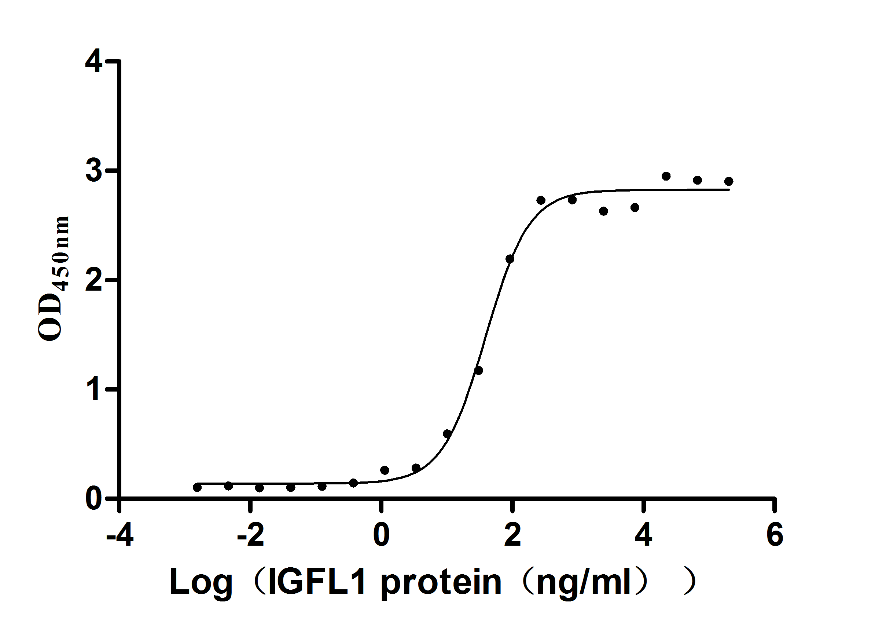
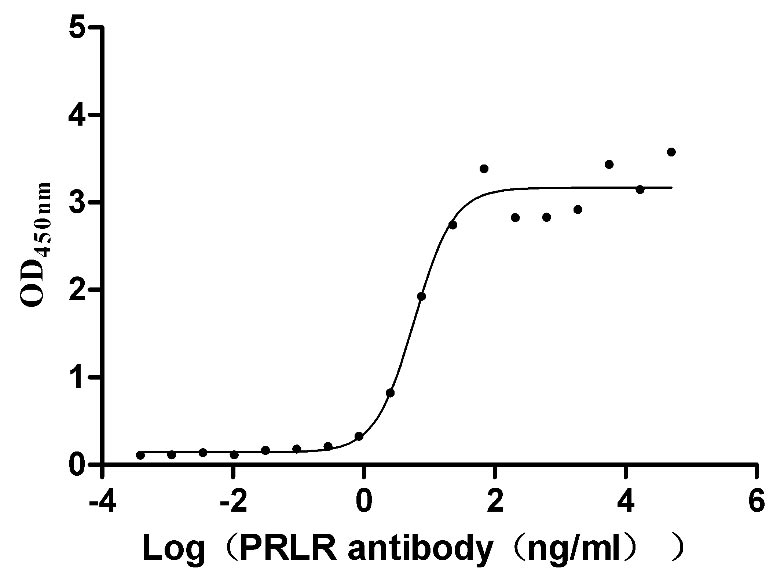
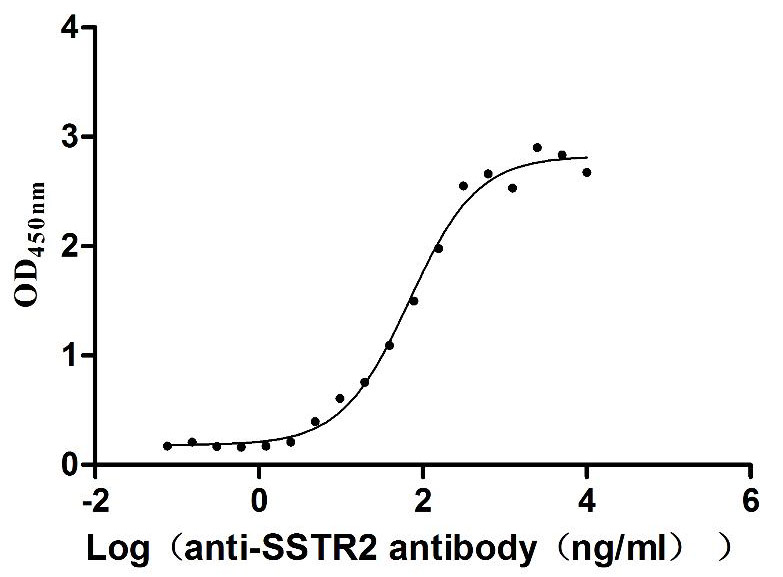

-AC1.jpg)
